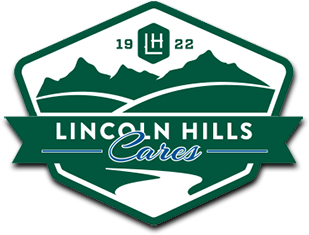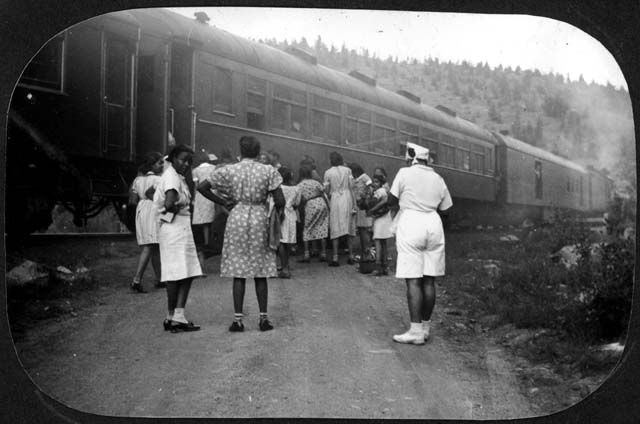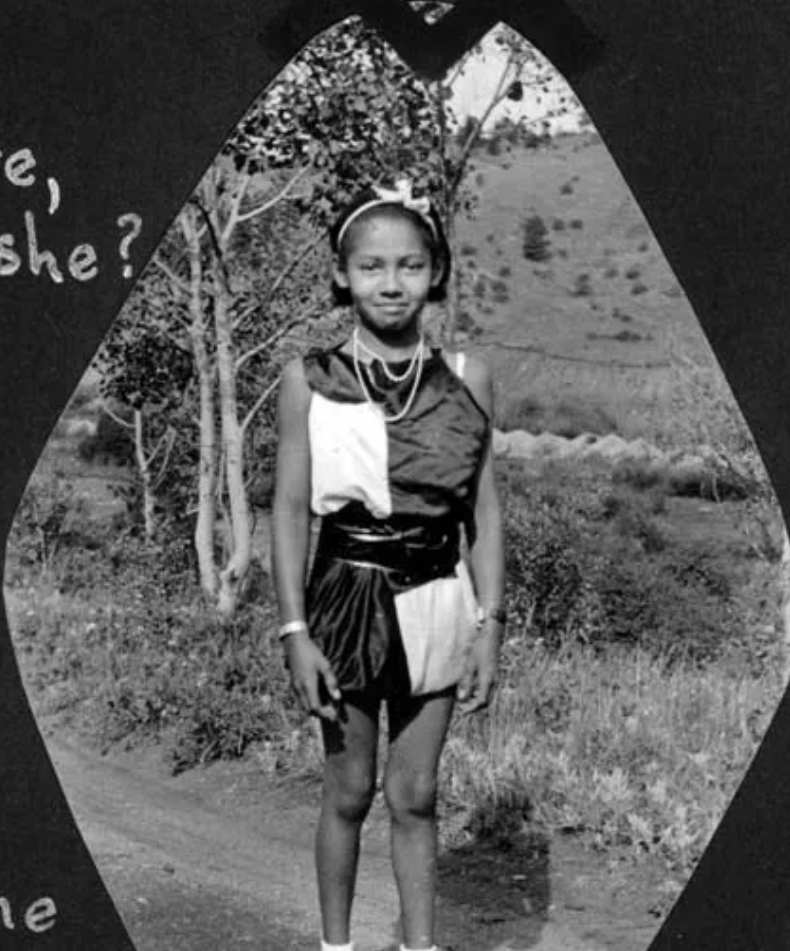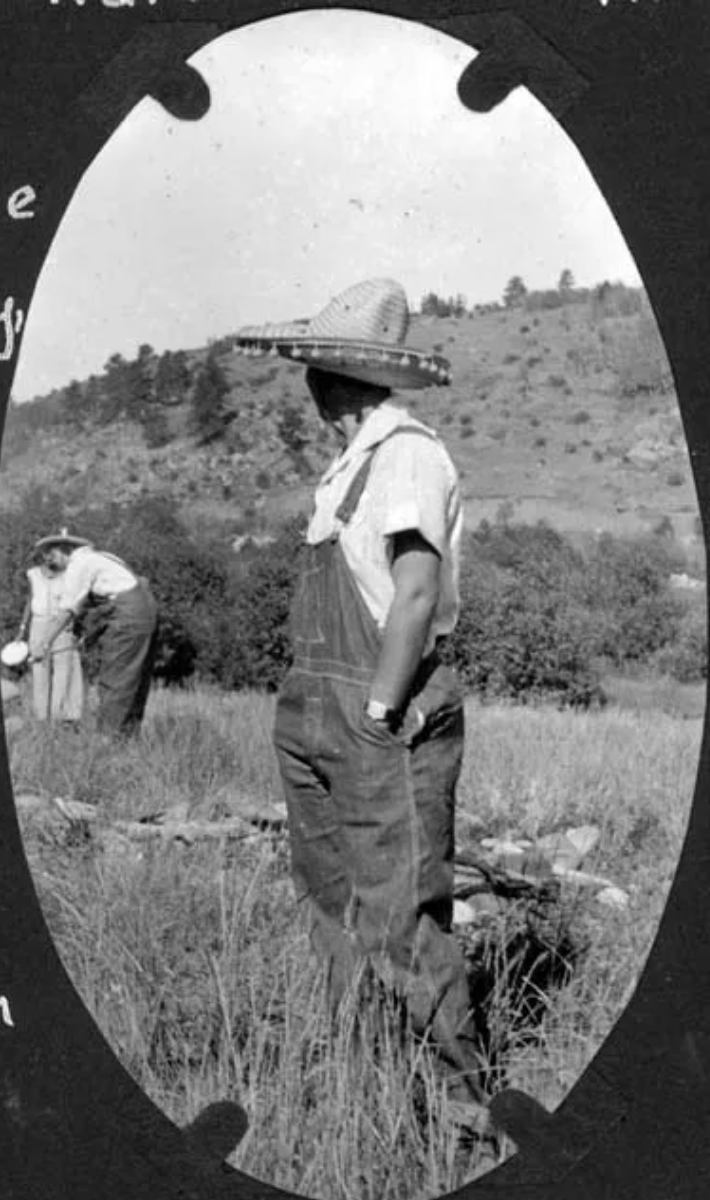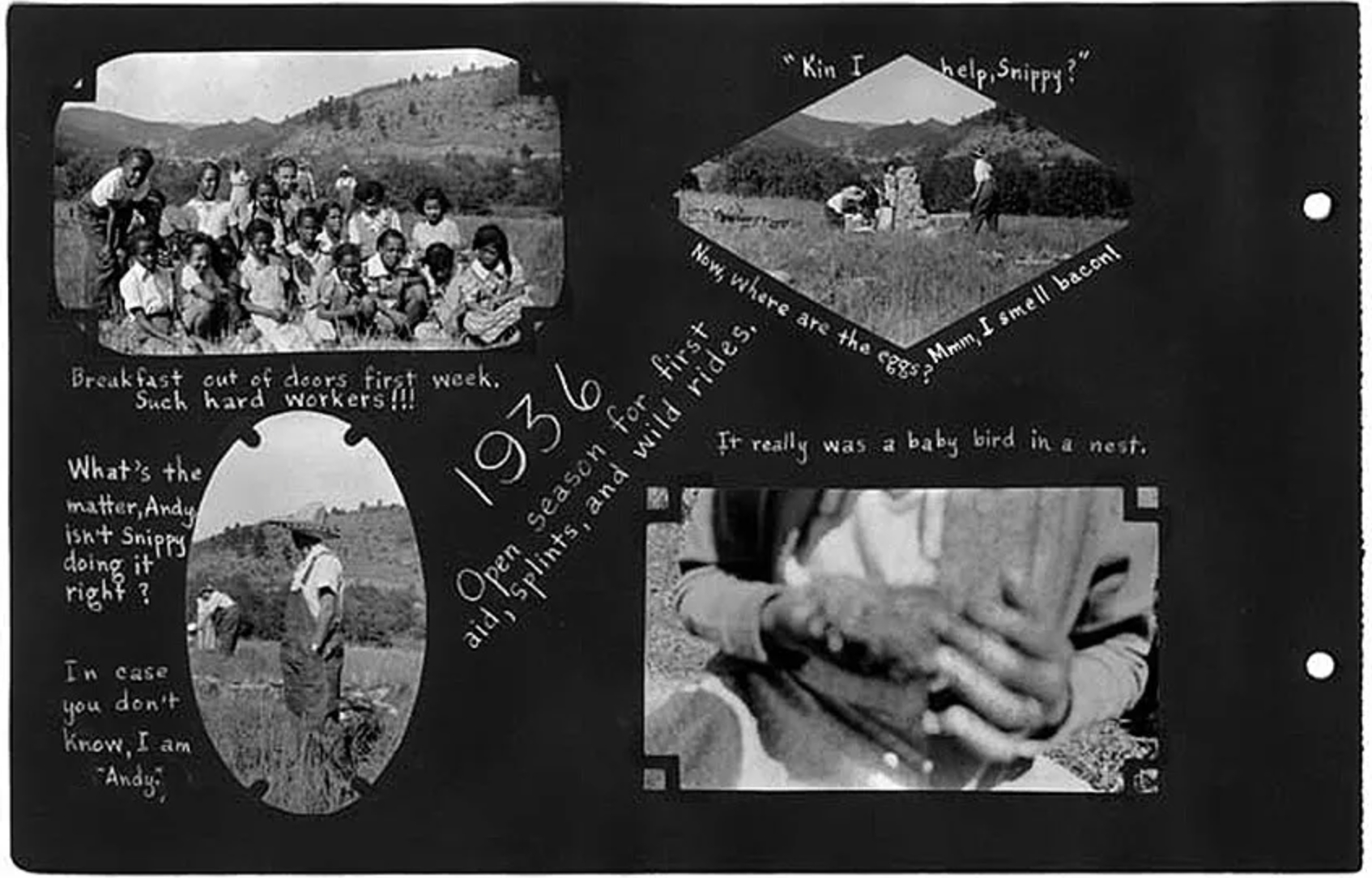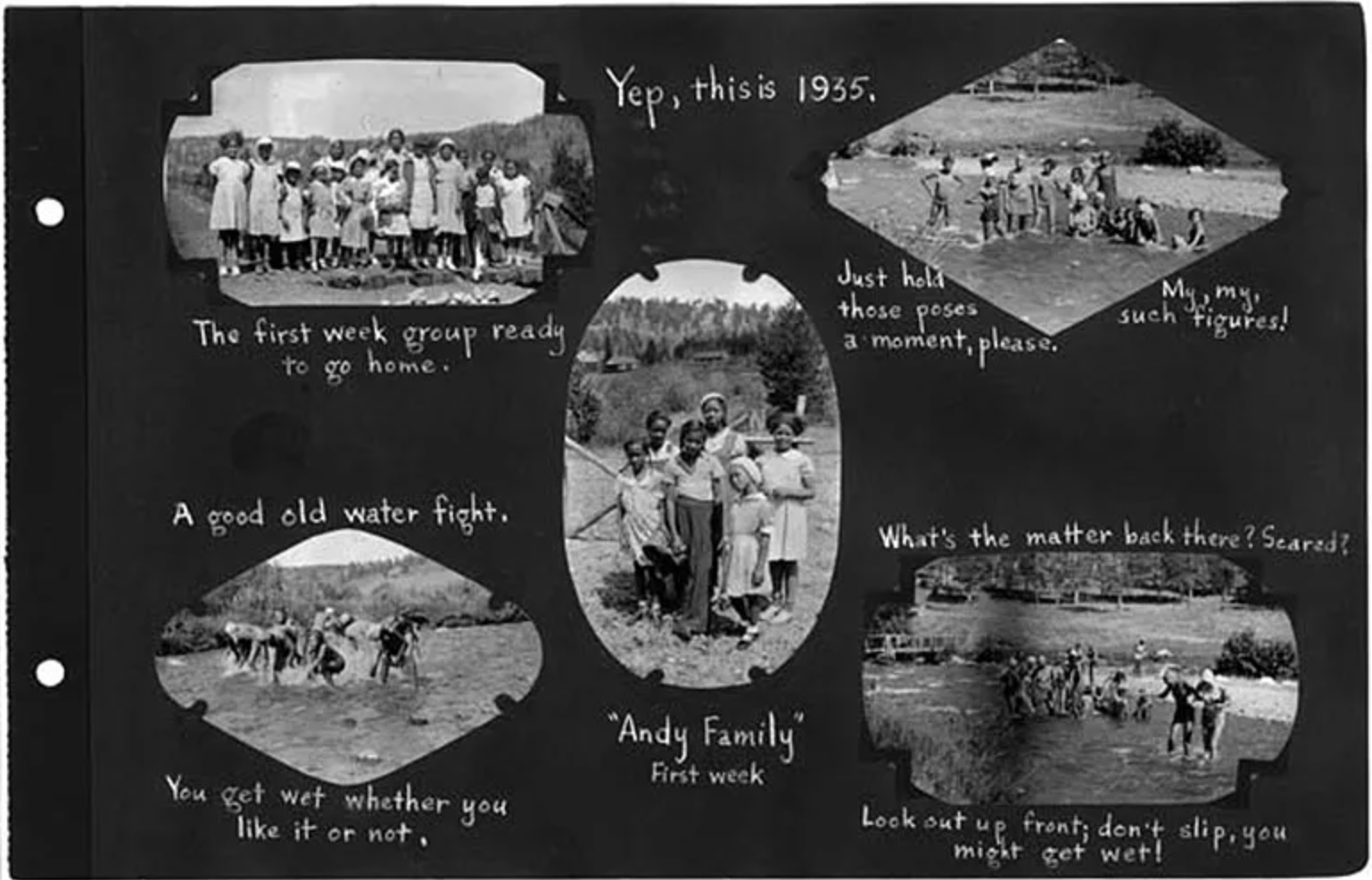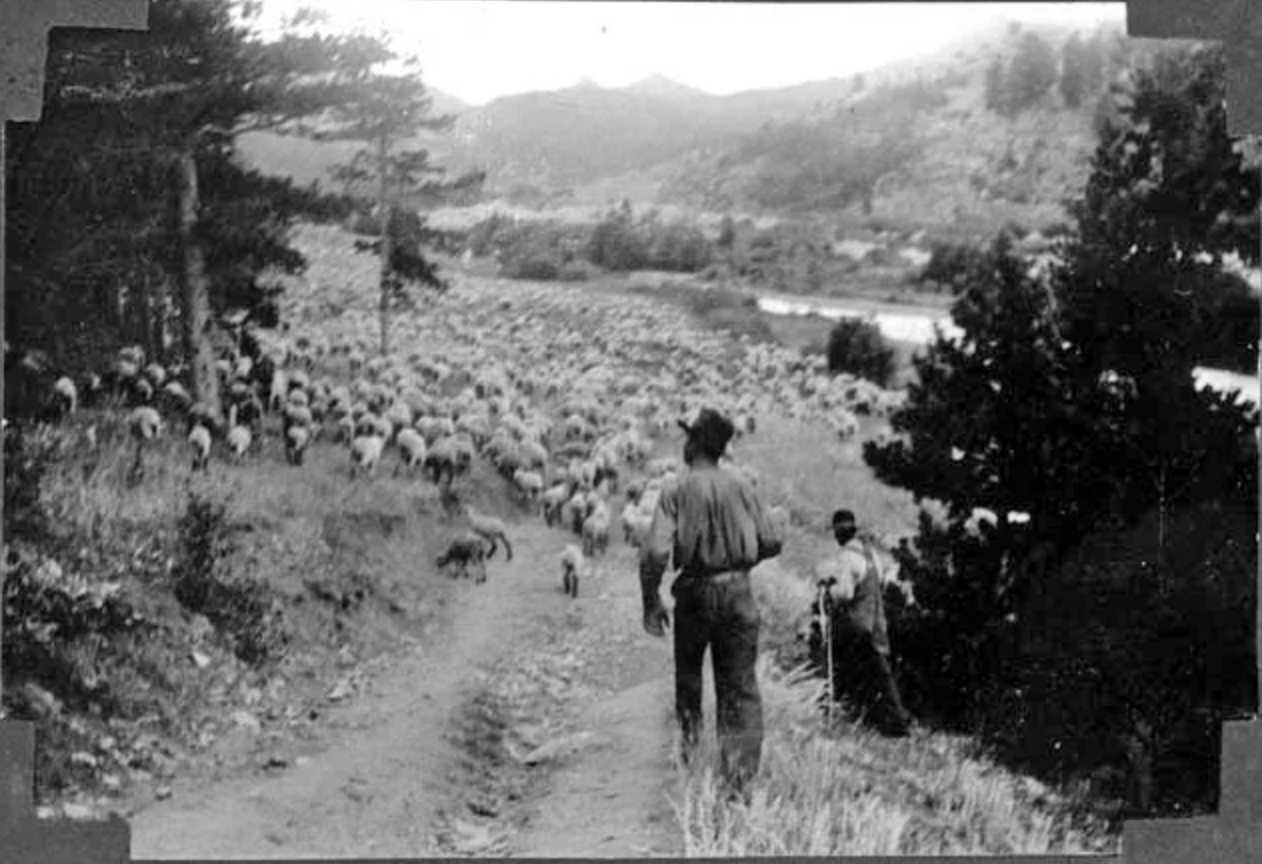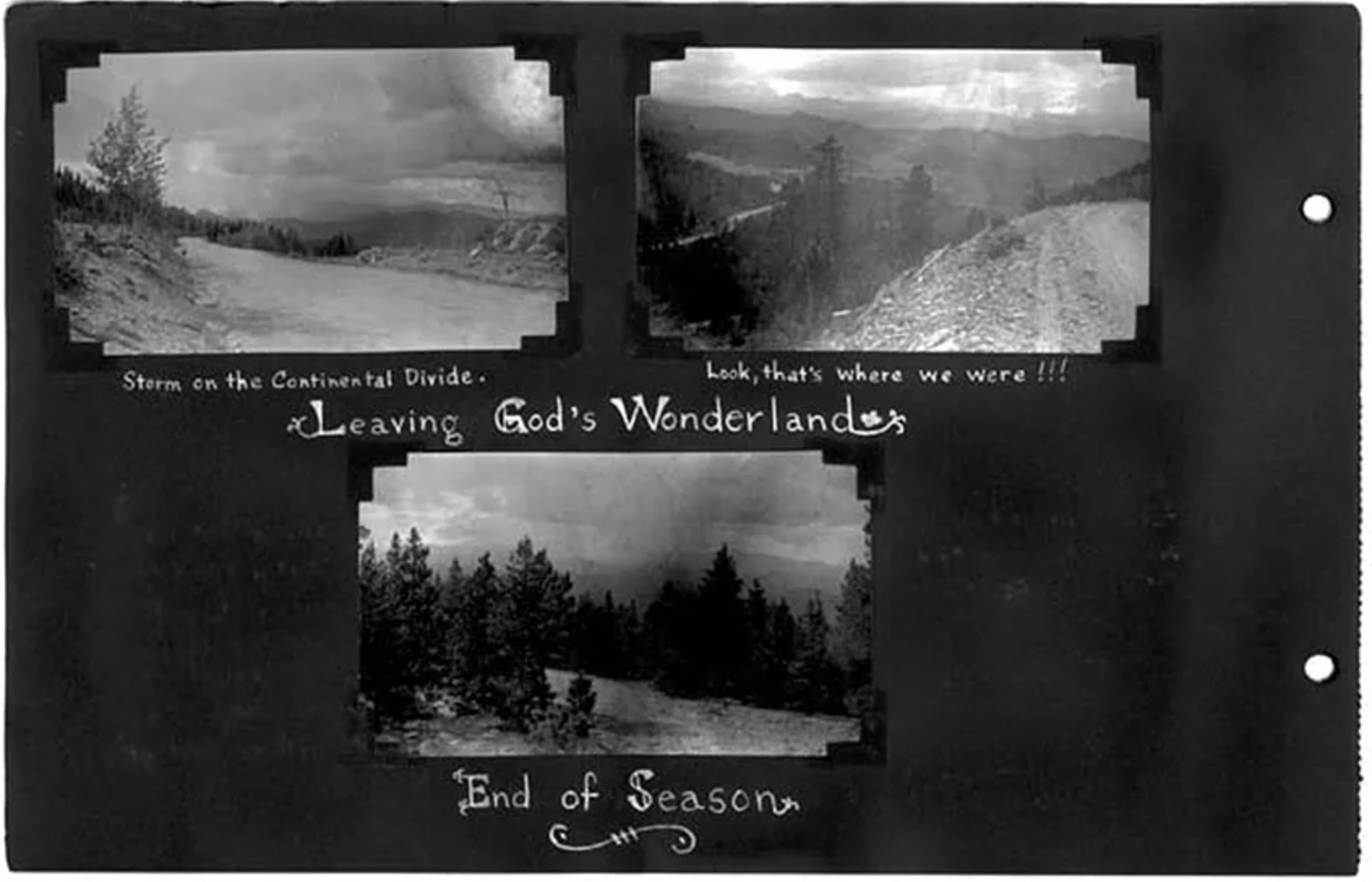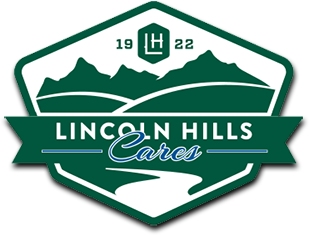A History of Justice and Equity
Explore Our Deep Roots in Environmental and Cultural Education
How It All Began
The historical story of the Lincoln Hills resort is truly remarkable. It combines the very best American ideals of vision, equity, justice and community. What began as the hallmark of American entrepreneurship, the ability to see and to seize economic opportunity, quickly became something much larger – a pristine, joy-filled cultural oasis, a stone’s throw from an environment often times consumed by unease, unrest and palpable injustice.
The history of Lincoln Hills began in September 1925 when three Denver area entrepreneurs , Edwin C. Regnier, Robert E. Ewalt and Edmund J. McMahon, created Lincoln Hills, Inc. A summer development for middle class African Americans in northeastern Gilpin County, Colorado, the concept and promotion of Lincoln Hills likely was modeled after the similar, but much larger scale, summer development for Blacks at Idlewild, Michigan. At the time of its founding, Lincoln Hills was the only vacation resort west of the Mississippi River catering to African-Americans.
Learn Our History
-
Growth Of Historic Lincoln Hills Area
In 1924 Fred Dungan, a professor of civil engineering at the University of Colorado in Boulder, produced an initial plat map for Lincoln Hills. The Boulder Daily Camera described it as 640 acres of land “being made into a cottage resort for colored people to be known as Lincoln.”82 A corrected and expanded plat was recorded with the Gilpin County Clerk and Recorder in 1928. The plat delineated a subdivision of some 1,700 mostly rectangular 25’x100’ lots (some were 50’ wide) laid out in fifty full or partial blocks in four development areas on both sides of South Boulder Creek.Lots were offered at $100 each, payable at $25 down and $10 per month or with a 10 percent discount for cash purchases. Owners were dispersed throughout the United States but its core ownership group, by far, was found within the African-American community of Denver, Colorado.
The Lincoln Hills resort area saw several distinctive periods of growth and use. The first began in 1925 when Obrey Wendell “Winks” Hamlet and his wife Naomi Hamlet began their construction of Winks Lodge, also known as Winks Panorama, which would become the first full service resort in the growing area. Completed in 1928, Winks Lodge consisted of three-stories and (6) bedrooms. Over time additional facilities were added to include, Winks Tavern, a honeymoon cabin, the orange cabin, tin house and a three-plex cabin.
-
Historical African American Landmarks: Winks Lodge & Camp Nizhoni
Today Winks Lodge in Colorado is one of the most significant buildings in the United States in both terms of historical and cultural value for African Americans who have made use of this facility since its founding in 1922. Winks Lodge has become widely recognized as a symbol of hope and determination in the African American community.
As it was one of only a small handful of resort hotels that catered to African-Americans, Winks Lodge drew many of America’s most noted African-American creative luminaries including Count Basie, Duke Ellington, Lena Horne and Billy Eckstine who would visit Winks Lodge before/after their performances in the Five Points jazz venues within Denver. Extending beyond music, Winks and Naomi Hamlet would host readings, similar to the literary salons of the Harlem Renaissance, which featured such national treasures as Langston Hughes, Zora Neale Thurston and Countee Cullen.
Obrey “Winks” Hamlet’s second wife, Melba was a noted cook and guests traveled far and wide to sample the “best barbeque offered outside of Kansas City”. When one couples this level of cultural interaction with the stunning natural beauty, fresh air and a level of societal freedom rarely found, at this time, it is no surprise that Winks Lodge was added to the National Register of Historic Places in 1980.
Lincoln Hills saw another exciting period of its development beginning in 1924 with the establishment of a YMCA girl’s camp, “Camp Nizhoni”, whose name was derived from the Navajo word for “beautiful”. Camp Nizhoni was established by the Phillis Wheatley branch of the YMCA. Due to segregation, African-American women and girls were prohibited from attending the YMCA girl’s camp at Lookout Mountain in Colorado. Thanks to the generosity and vision of the Lincoln Hills Development Corporation, the YMCA was able to permanently establish Camp Nizhoni at Lincoln Hills. As many as (50) girls attended the camp each summer hiking, swimming and learning about biology, astronomy and outdoor skills. Camp Nizhoni provided a vital, nurturing and ultimately, uplifting experience to hundreds of African-American women and girls over the, approximately, 20 years that it was in existence. The integration of the YMCA’s Camp Lookout in 1945 closed the formal chapter on the history of Camp Nizhoni but its impact remains to this day.
The Lincoln Hills resort and Winks Lodge community continued to enjoy a strong existence and role in the lives of many African-American families throughout the Great Depression, post-World War II and up until the mid-1960s, when the death of Obrey “Winks” Hamlet and the successful passage of the Civil Rights Act of 1964 served as harbingers that the time for change had arrived yet again. As time has moved forward, and African-Americans have gained unfettered access to the most stunning resorts in the United States and beyond, it is fair to say that none, regardless of how many “stars” they possess, offers the “soul” that Lincoln Hills provided to so many for so long. Lincoln Hills, an oasis in the Rocky Mountains, high above the moral desert was the place where vision, pride and community came together and molded the hearts and minds of generations.
-
The Railroad, Mining & Modern Rejuvenation
The railroad has also been significant to both the past and present history of Lincoln Hills. The Moffat Tunnel is a railroad and water tunnel that cuts through the Continental Divide in north-central Colorado. Appropriately named after Colorado railroad pioneer David Moffat, the tunnel’s first railroad traffic passed through in the early spring of 1928. Today the railroad still passes Lincoln Hills on a daily basis, connecting the different ends of the divide.
Mining has also been a prominent and important part of Lincoln Hills. Beginning in 1888 a company known as Deadwood Diggings conducted placer mining on the property, commencing work in 1895. Mining then remained idle for several years until 1901 when hydraulic mining by use of Manchester Lakes took place until 1922. Then from 1938-1947 Lincoln Hills was dredged and primarily mined for gold.
Where the Lincoln Hills club house stands today used to mark the presence of the ice house and the adjacent lake for ice skating. The ice house stood from 1942 to 1947 and employed twelve people until the invention of the refrigerator. The house made and stored ice by burying the ice in straw in order to keep it frozen throughout the summer months. The ice was then transported to Denver at an establishment known as The Ice House which still operates today.
Today we strive to carry on the rich culture and history associated with Lincoln Hills. Through our Youth Outdoor Education Programs, Pathways, TeamWorks and revived Nizhoni Equestrian Program we are able to continually reconnect with the communities originally associated with Lincoln Hills. The culture and passion of Lincoln Hills is as much alive today as it was in the early 1920s.
Lincoln Hills Cares is truly blessed to carry on the torch of Lincoln Hills and we plan to continue to protect and preserve this amazing property and all that it encompasses. The history, culture and people of Lincoln Hills are as dynamic and interesting as the water that runs through the property and we hope that the legacy that is Lincoln Hills will continue to transcend from generation to generation.
-
More Historical Information
Camp Nizhoni – Historical African American Girls Camp
Camp Nizhoni, whose name means beautiful in the Navajo language, was founded in 1924 in response to the segregationist policies of the time, which prevented African American girls from attending the same YWCA camps as white children.
History Colorado Center
Lincoln Hills’ story is told to the museums thousands of visitors. Learn about the outstanding individuals and community that built, maintained, and protected Lincoln Hills during a time of segregation, oppression and adversity in the history of Colorado during the 1900s.
Lincoln Hills Historic Photos
These vintage, original African American history photos illustrate a significant historic point in time.
Iconic Visitors
As one of the only resorts of the time catering to African Americans, Lincoln Hills was visited by many famous and influential people who were drawn to the property by its serene, natural beauty and the haven it offered from the harsh social conditions found elsewhere.
Winks Panorama
At the core of Lincoln Hills Cares is the Historic Winks Lodge.
Winks Panorama
Established in 1925 by Obrey Wendell "Winks" Hamlet
At the core of Lincoln Hills Cares is the Historic Winks Lodge. Winks Lodge first began in 1925 when Obrey Wendell “Winks” Hamlet and his wife Naomi Hamlet began their construction of Winks Lodge. Also knows as Winks Panorama it would become the first full service resort in the growing area.
As it was one of only a small handful of resort hotels that catered to African-Americans, Winks Lodge drew many of America’s most noted African-American creative luminaries including Count Basie, Duke Ellington, Lena Horne and Billy Eckstine who would visit Winks Lodge before/after their performances in the Five Points jazz venues within Denver.
Today Winks Lodge is one of the most significant buildings in the United States in both terms of historical and cultural value for African Americans, who have made use of this facility since its founding. Winks Lodge has become widely recognized as a symbol of hope and determination in the African American community.
It is our hope to not only restore and preserve Winks Lodge, but also provide educational tours of the property so that the history of Winks Lodge will remain alive and well in the Colorado landscape as a living museum.
WINKS LODGE WAS ADDED TO THE NATIONAL REGISTER OF HISTORIC PLACES, ELEVATING THE LODGE TO THE NATIONAL LEVEL FROM THE STATE LEVEL OF HISTORIC PLACES.
"Research is formalized curiosity. It is poking and prying with a purpose."
- Zora Neale Hurston: Hurston and Hughes - Winks Lodge had been liked to the literary salons nestled in the mountains
Camp Nizhoni
A Historic African American Girls Camp
Camp Nizhoni, whose name means beautiful in the Navajo language, was founded in 1924 in response to the segregationist policies of the time, which prevented African American girls from attending the same YWCA camps as white children. A group of businessmen, who were developing an African American mountain resort in the area, offered them a piece of ground with a house on it that would be given to them if they camped at the spot for three consecutive years.
And so, Camp Nizhoni was born, offering a place where African American girls would have the opportunity to understand and appreciate nature.
Camp Nizhoni rapidly grew in popularity, and enthusiastic campers boarded the train from Denver to Pinecliffe, in Colorado’s Gilpin County, for two fun-filled weeks of hiking, climbing, swimming and enjoying the mountain air.
Learn about today's Nizhoni Equestrian Program!

Iconic Visitors
As one of the only resorts of the time catering to African Americans, Lincoln Hills was visited by many famous and influential people who were drawn to the property by its serene, natural beauty and the haven it offered from the harsh social conditions found elsewhere.
Visitors included some of the country’s most noted and famous African American creative luminaries including:
- Count Basie
- Duke Ellington
- Lena Horne
- Billy Eckstine
- Langston Hughes
- Zora Neale Hurston
- Countee Cullen
Visiting Lincoln Hills before and after their performances at the jazz venues of the historic Five Points neighborhood in Denver, Lincoln Hills was the ideal mountain getaway for many musicians.
Historic Photos
Historic Photos By Marie Greenwood, Camp Counselor at Camp Nizhoni
These vintage photos illustrate a significant point in time for Lincoln Hills. Enjoy these unique pictures of the original visitors retreating in the beautiful Colorado mountains.
"Just don’t give up trying to do what you really want to do."
Ella Fitzgerald
